Maker Board Spotlight: Raspberry Pi Zero 2 W
After four successful years of market capture for remote applications by the Raspberry Pi Zero W, this week saw an update to the product lineup with the introduction of the Raspberry Pi Zero 2 W. This year, Raspberry Pi already surprised us with the RP2040 in-house silicon tapeout; it leaps forward to unleash the Raspberry Pi Zero 2 W upgraded model for the ever-growing embedded industry.

(Image Credit: Raspberry Pi)
Over the last few years, with the growth of Raspberry Pi Zero and then the diminutive $10 wireless-enabled Zero W, the community was looking for some new upgrades and replacements for the Raspberry Pi Zero W. With the all-new $15 Raspberry Pi Zero 2 W, there come some exciting features for the extra $5, which seems like good value for money, but what will reactions from the community be?
What is the Raspberry Pi Zero 2 W?
Surprisingly, the new Zero 2 W model has the same Broadcom BCM2710A1 SoC as previously seen in the Raspberry Pi 3 single-board computer. However, the manufacturer has made some changes by decreasing the clock frequency to 1GHz and integrating 512MB LPDDR2 SDRAM. Raspberry Pi claims that the new hardware will deliver speeds up to five times faster than its predecessor.
You need not worry about wireless connectivity for all remote smart IoT applications as the new successor supports wireless and Bluetooth connectivity. The Wireless LAN is built into a shielded enclosure right beside the large RP3A0 package to protect from external interference.
Watch the CEO of Raspberry Pi Eben Upton answer questions from Toms's Hardware team:
Being a drop-in replacement for the predecessor, the board will support and easily work with all the existing Zero accessories. This gives an added advantage to the maker community looking to upgrade their project with existing accessories. The $15 board comes in the same form factor sharing the I/Os. For starters, the board features a mini-CSI connector for Raspberry Pi Camera modules and a microSD card reader for upgrading the storage.
Did you know that we stock a wide range of Raspberry Pi Zero accessories in our shop? Check out our reccomendations:
Raspberry Pi Zero 2 W Specifications
When understanding all the technical details, it is essential to look at the specifications on the same page. So, the following specifications of Raspberry Pi Zero 2 W will give you a better idea of the key upgrades and carry-on features.
SoC: Broadcom BCM2710A1, quad-core Cortex-A53 64-bit SoC clocked up to 1GHz
Memory: 512MB LPDDR2 SDRAM
GPU: Broadcom VideoCore IV supporting OpenGL ES 1.1, 2.0 graphics
Wireless connectivity: 2.4GHz IEEE 802.11b/g/n wireless LAN, Bluetooth 4.2, BLE
I/Os: 1x mini-CSI connector, 1x microSD card reader, 1x micro-USB power input, 1x micro-USB data port, 1x mini-HDMI display port
GPIOs: 40-pin GPIO (Same as Raspberry Pi Zero W)
Interface: USB 2.0 interface with OTG
Expandable storage: MicroSD card slot
Video decoder: H.264, MPEG-4 decode (1080p30);
Video encoder: H.264 encode (1080p30)
Power supply: 5V/2.5A via Micro USB port
Dimension: 65mm × 30mm
Operating temperature: 20°C to +70°C
What can you do with the Raspberry Pi Zero 2 W?
As new hardware is launched into the maker's community, there will be some excitement around the board for a while. We have been looking at the same scenario for the Raspberry Pi Zero 2 W, and people have already started projects with the new hardware. There have also been some replacements to their existing projects to take advantage of faster speed on Zero 2 W.
Raspberry Pi Zero 2 W projects![]()
Inspired from the existing project of Raspberry Pi YouTube Subscriber Counter using Raspberry Pi Zero. Elektor has taken the project ahead with implementing it with the Raspberry Pi Zero 2 W. The Raspberry Pi is connected to an 8-digit MAX7219-based 7-segment display that real-time shows the YouTube subscriber count. The project uses a script to access the YouTube API and take the subscriber data to show the current subscriber count on display. Shout out to our friends at Elektor for producing a Zero 2 W project so quickly!
Jeff Geerling builds a retro handheld gaming console
(Image Credit: Jeff Geerling)
We all know Jeff Geerling through his amazing YouTube channel for hands-on reviews and exploring the capabilities of Raspberry Pis. It wasn’t a total surprise to see Jeff’s review on the Raspberry Pi Zero 2 W on the day of launch, but he doesn’t stop there. The YouTuber has also built a retro handheld gaming console with the Null 2 kit. For those looking for a full application on the new hardware, check out the blog post with more details on the project.
Who is the Raspberry Pi Zero 2 W for?
The Raspberry Pi Zero series started six years ago to provide low-cost, high-performance computers for beginners to get started with electronic projects. The board takes one step ahead with the increased performance through delivering high speed and improved performance.
This might not be the best hardware for real-time video processing applications, but it does a fair amount of data transmission with an average of 19 frames per second using the hardware H.264 encoder via v4l2 when encoding a 1080p video. Also, for some data-intensive applications involving optical character recognition, the Zero 2 W outperforms the predecessor by a significant amount of time required for processing. You can find detailed performance-based reviews by Gareth Halfacree and Jeff Geerling.
Did you know that we stock a wide range of Raspberry Pi Zero accessories in our shop? You can view them here.
Final Thoughts
There has been a lot of discussion on the newly released Raspberry Pi Zero 2 W and it's uses for the maker community. While all the reviews and hands-on projects are coming to light within hours of the launch, it is evident that power consumption is important for the target applications. According to some reviews, the idle power consumption of the new hardware is almost the same as its predecessor. But for the heavy workloads, the power consumption can go up to twice as the former.
According to Raspberry Pi, the Zero 2 W is going to be in the market for the next seven years until at least January 2028. Also, there won’t be any 1GB of SDRAM on Raspberry Pi Zero 2 W due to packaging constraints. This launch does not affect the market for Raspberry Pi Zero and Zero W as they will stay in production. Moreover, this board is fairly good for the $15 price point and can be a perfect upgrade to your remote IoT applications.
What are your thoughts on the new Raspberry Pi Zero 2 W? Let us know in the comments below!







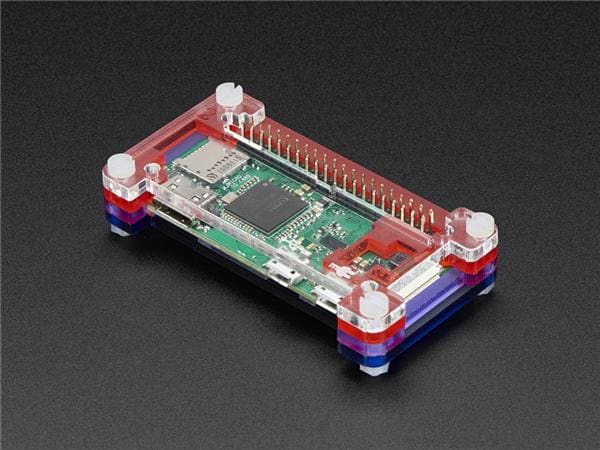
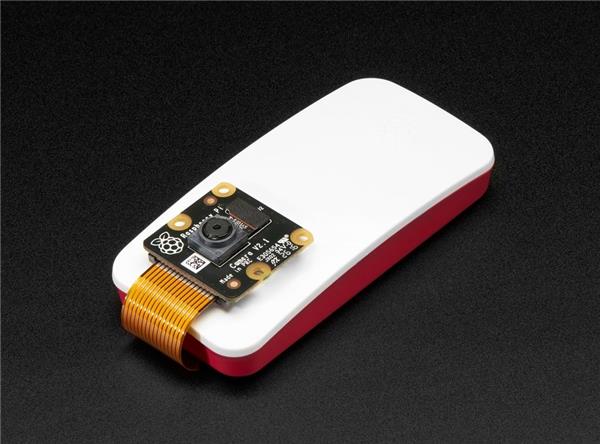
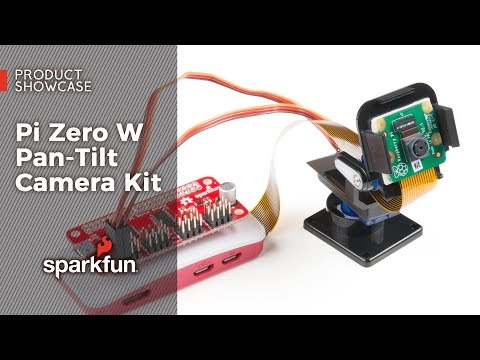
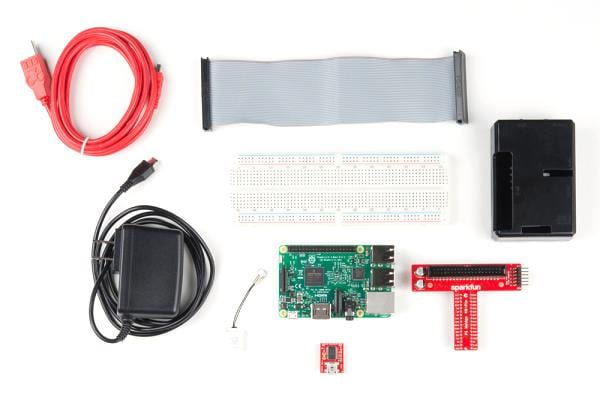
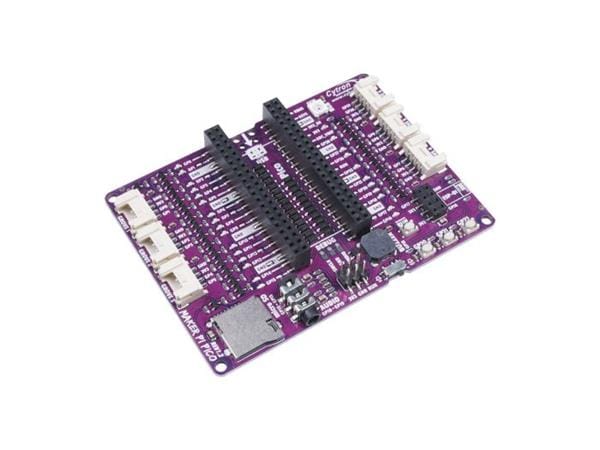
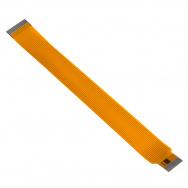
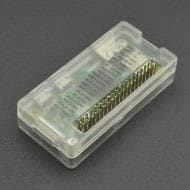
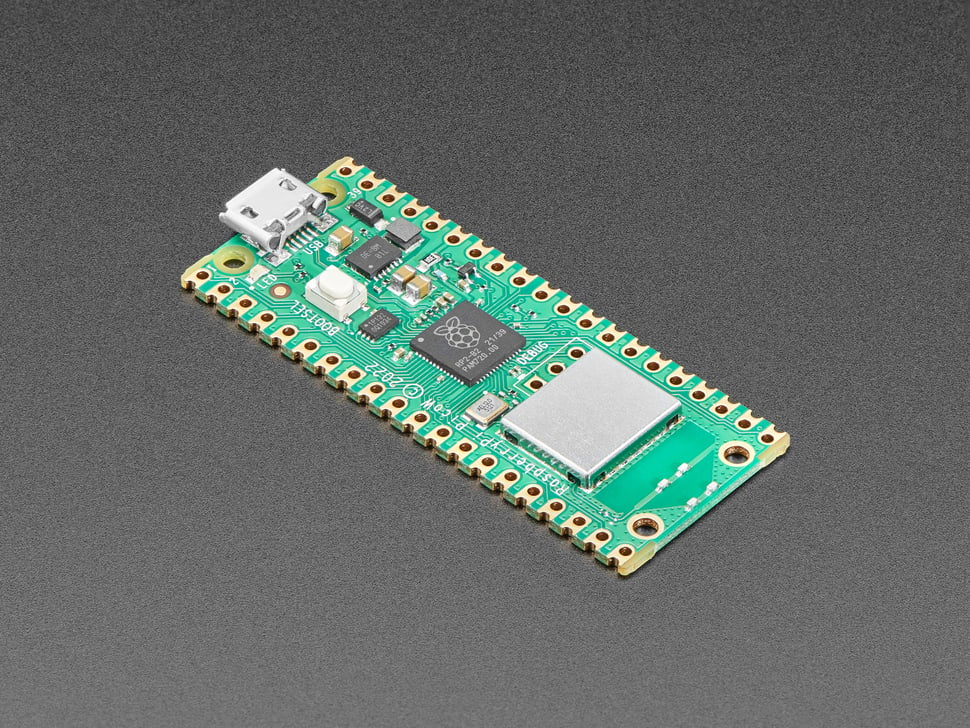

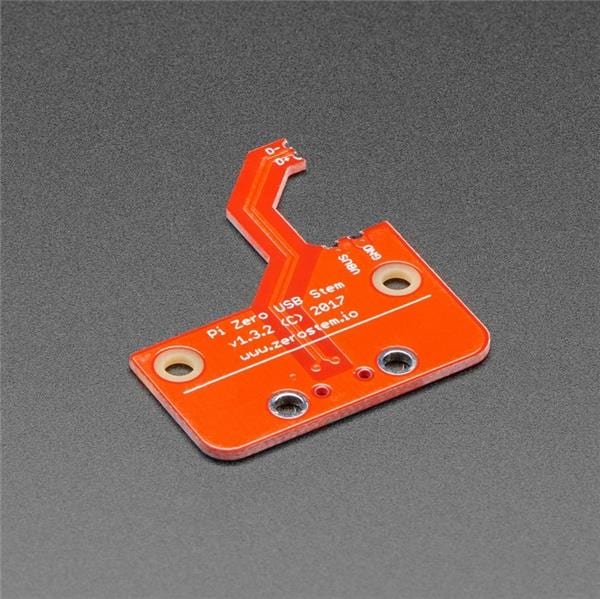
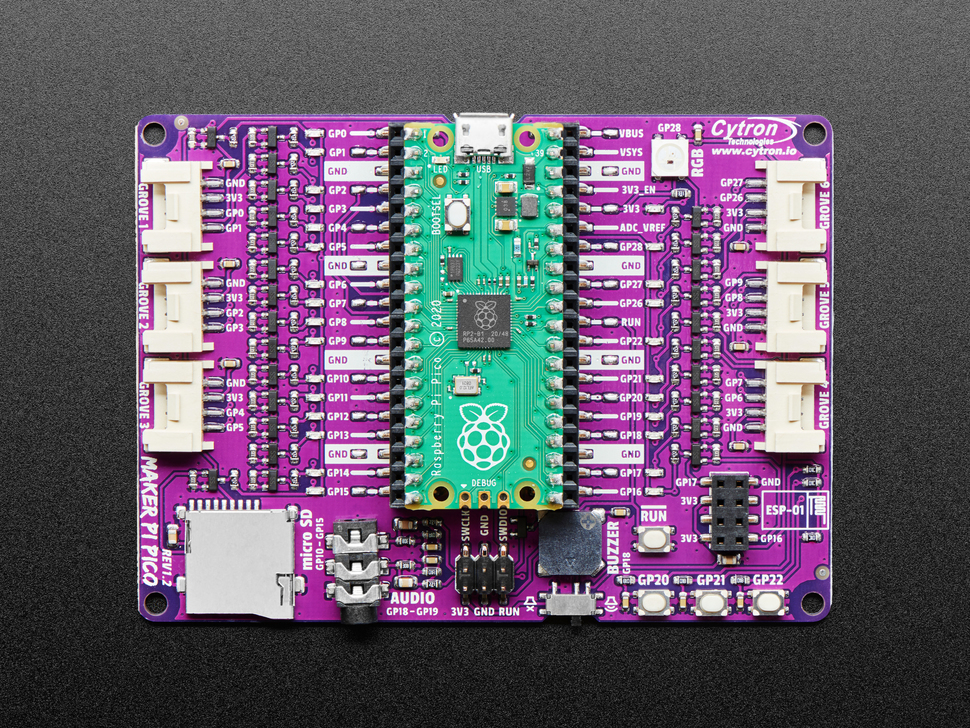
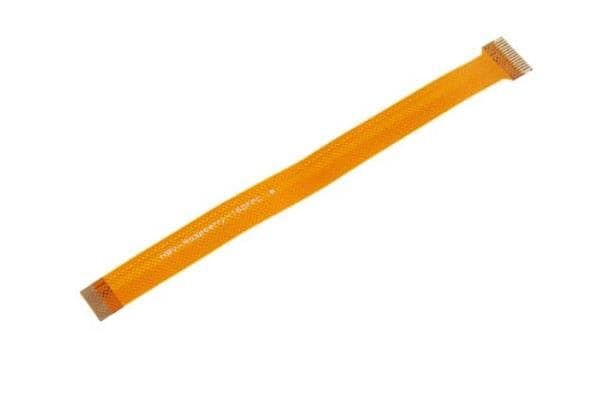
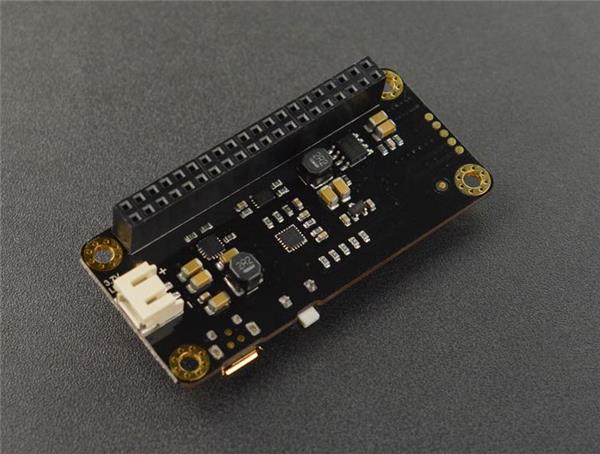
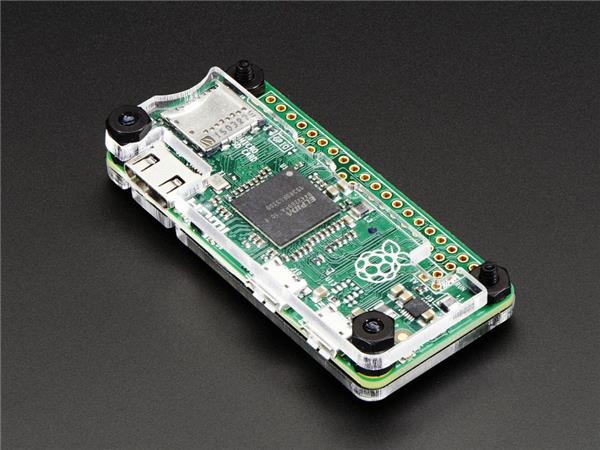
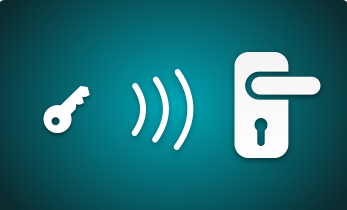

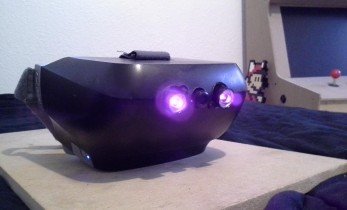
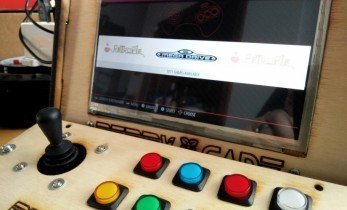
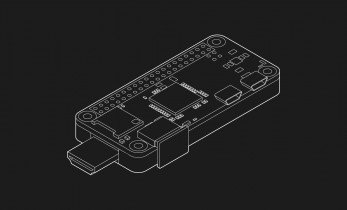

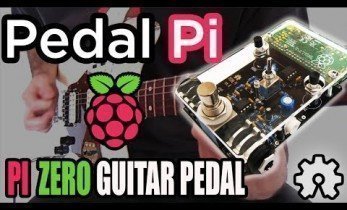
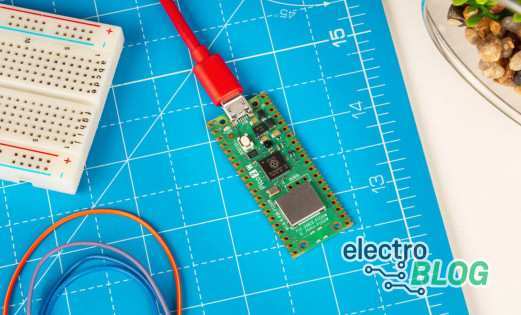
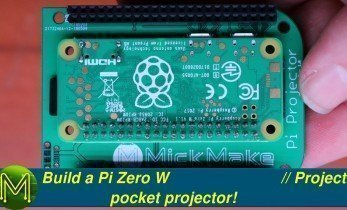
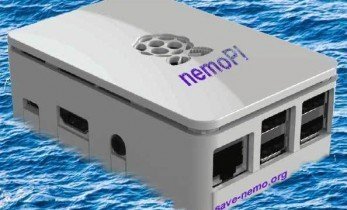
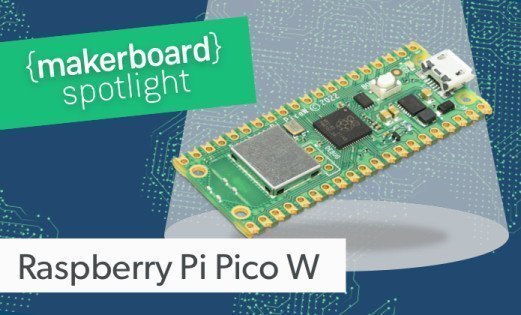
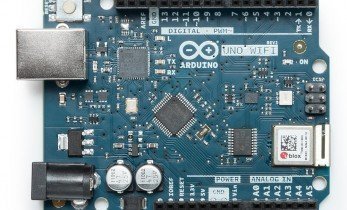

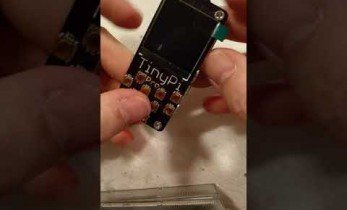

Leave your feedback...